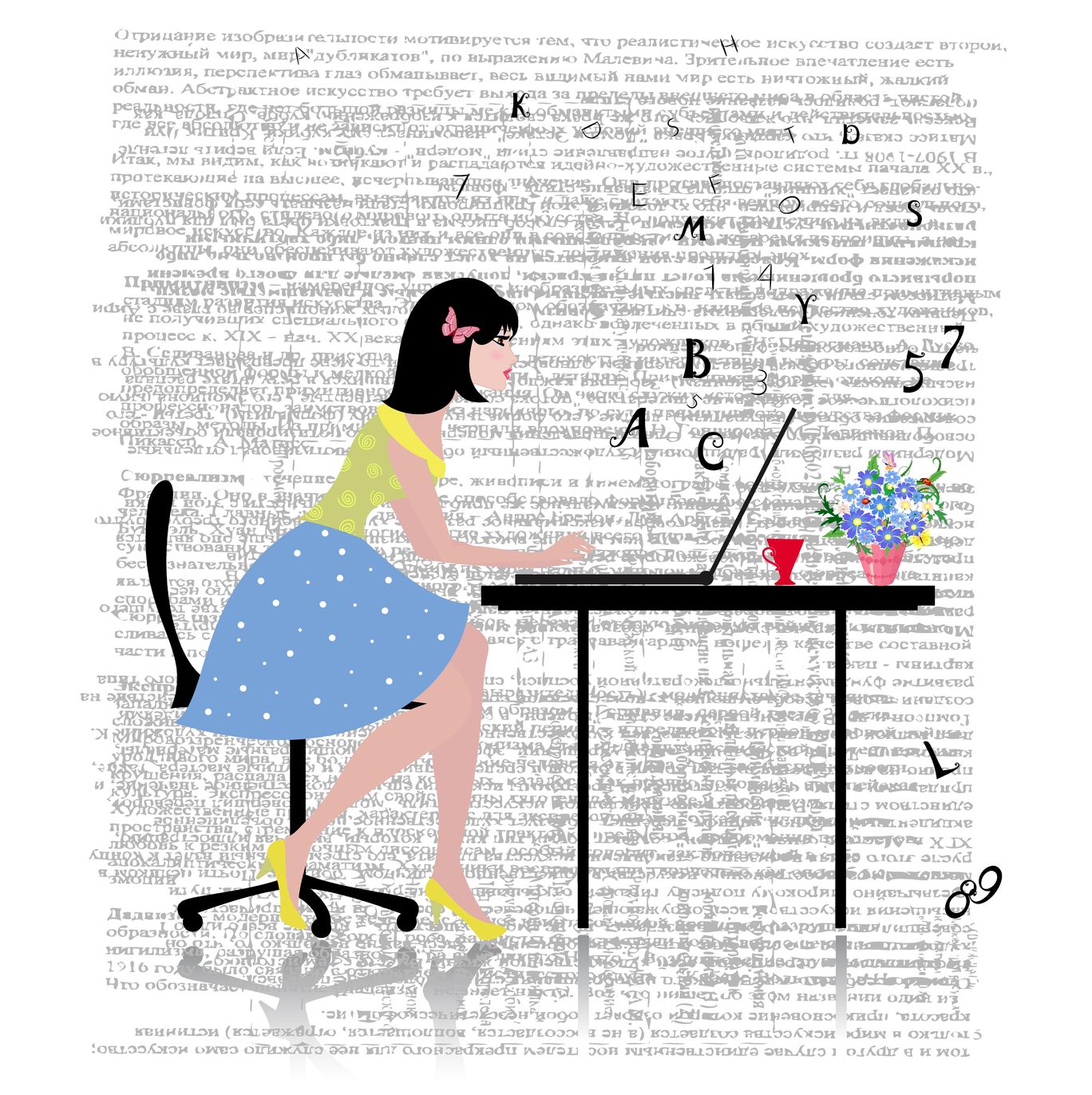The end of the school year is fast approaching and students and teachers are looking forward to summer. May is the perfect month for teachers to engage students in reading and encourage reading activities that can carry over to July and August. Research indicates that the more students read during the summer months, the more likely they are to maintain or increase reading proficiency.
May is Get Caught Reading Month, a nationwide campaign to “remind people of all ages how much fun it is to read.” The Association of American Publishers launched this event in 1999 as a way of encouraging teachers, librarians, celebrities, and booksellers to participate in a variety of activities that promote reading.

In celebration of Get Caught Reading Month, here are 8 reading activities for engaging your students:
 1. Introduce a graphic novel or hybrid
1. Introduce a graphic novel or hybrid
An 8th-grade humanities teacher at a school where I used to work experimented by substituting the graphic novel of Ray Bradbury’s Fahrenheit 451 for the print version, and we were all amazed at the higher level of participation in class discussions.
Graphic novels make reading more accessible for struggling and reluctant readers and allow them to access literature that they might otherwise shun. Having a hard time getting some of your students to read novels like The Diary of a Young Girl by Anne Frank? Try the graphic novel of that title; it’s full of images and information that are enticing to even the most reticent reader. Hybrid books like Diary of a Wimpy Kid may not be classic literature, but they are exactly the kinds of books that get kids hooked on classroom reading that might carry over into summer reading. With over 2,500 5-star reviews on Amazon and 11 books in the series, Diary of a Wimpy Kid might be the it book for some of your students.
2. Trilogy/Series
Series are a great way to get readers started on a reading journey that can extend for months. Sometimes the hardest part of reading is finding the right book; when students connect with a topic or a writing style, it can be magic! Starting a book that is part of a trilogy or series in May encourages continued reading and eliminates the hunt for “the next good book,” which is often the source of frustration for young readers (and their teachers). Many children and adults eagerly entered the world of wizardry with Harry Potter, but there are lots of subject choices for all ages. The Magic Tree House, Monster High, and the Divergent Series are just a few of the popular options that will keep kids reading.
 3. Books by the same author
3. Books by the same author
This has always been my secret weapon—find a prolific author kids like and show them how to search for that author’s list of books. Back in the day, we had Nancy Drew, the Hardy Boys, and Little House on the Prairie books, but now there is something for everyone—action, adventure, sci-fi, biographies. Gary Paulsen, Walter Dean Myers, R.L. Stine and countless other authors have introduced many children to reading for pleasure.
4. Introduce diverse topics and cultures
As the year winds down, teachers may find that they have the opportunity to introduce books written about diverse cultures or topics that haven’t been previously read in class. Sandra Cisneros and Sherman Alexie may be familiar authors, but you may want to consider rich cultural selections by other authors such as The Round House (Erdrich), Where the Mountain Meets the Moon (Lin), and A Long Walk to Water (Park), as well as books about students facing physical challenges such as Out of My Mind (Draper), Nelson Beats the Odds (Sidney), and The Running Dream (Van Draanen).
5. Audiobooks
Teachers are amazingly creative and promote reading in lots of innovative ways. One such innovation is the use of audiobooks. Many teachers are seeing the potential of audiobooks as a gateway to reading. Audiobooks are widely available and there are distinct benefits to using them, particularly with reluctant readers.
Benefits of Audiobooks:

- An entire class can listen to an audiobook and get immersed in a story because everyone is at the same place, regardless of reading level.
- The narrators are professional and do a great job of “creating” characters with their voices, making it easier for students to enjoy the experience.
- Audiobooks can be a less expensive alternative to purchasing classroom sets of books.
- Audiobooks are more mobile than books, students can listen while doing chores, exercising, driving, etc …
6. It’s Monday! What Are You Reading/Listening To?
This fun activity that can occur any day of the week engages students in social networking that promotes reading. While there are many ways to participate, some teachers have created a short “survey” that allows students to identify what they’re reading and rate it, with details about whether they would recommend it to their peers and why. Students share what they’re reading with others as a whole class or small group “book club” activity and learn how to effectively summarize information without giving away important details. An added benefit of sharing is that students can create a “books to be read” list from the favorites of their classmates.
7. Books to movies
Students often don’t realize that many of their favorite movies started as books and that books provide even more depth than what they see on the screen. One incentive for encouraging students to read near the end of the year is the promise of watching the movie after everyone has finished the book. The City of Ember (DuPrau), for example, was made into a movie that closely follows the book. What a great way to analyze the similarities and differences between the book and the movie and to discuss imagery and the role of imagination, characterization, and even the use of musical scores in movies to elicit emotion. Students are motivated to read and teachers can incorporate literary elements in new ways—win/win!

8. Reading/Writing Challenges
Oh, how students love a contest! A contest is one of the many ways to incorporate reading and writing activities into your lesson planning, and your class will thank you for allowing them to do something so creative.
A couple of options:
- Have students read a short story and create alternative endings or new characters, and then allow the students to vote on the alternatives they like best.
- Have the students choose a theme (like courage) and read one or more stories with that theme. Have a contest to vote on the student(s) who write the best original story with that theme.
Here’s to many opportunities for your students to Get Caught Reading!
To help beginning readers, struggling readers, and English Language Learners find more success in learning to read, check out Reading Horizons elementary reading curriculum and reading intervention program.
Take a look at the Reading Horizons structured literacy program.
